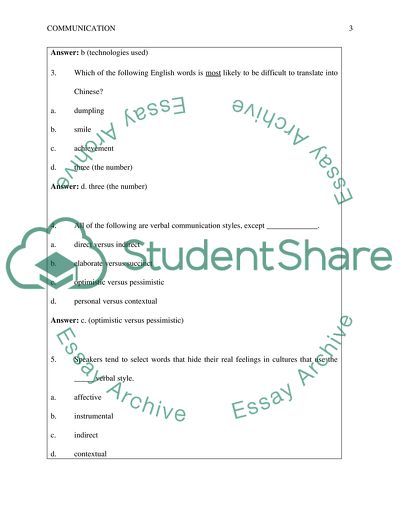Cite this document
(Challenge of Intercultural Communication1 Essay, n.d.)
Challenge of Intercultural Communication1 Essay. https://studentshare.org/business/1836287-challenge-of-intercultural-communication1
Challenge of Intercultural Communication1 Essay. https://studentshare.org/business/1836287-challenge-of-intercultural-communication1
(Challenge of Intercultural Communication1 Essay)
Challenge of Intercultural Communication1 Essay. https://studentshare.org/business/1836287-challenge-of-intercultural-communication1.
Challenge of Intercultural Communication1 Essay. https://studentshare.org/business/1836287-challenge-of-intercultural-communication1.
“Challenge of Intercultural Communication1 Essay”. https://studentshare.org/business/1836287-challenge-of-intercultural-communication1.


